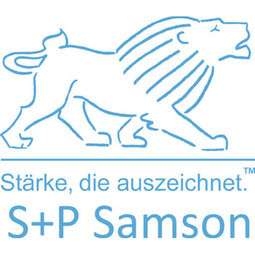S+P Samson
Case Studies
Automated Slab Tracking at ThyssenKrupp
Overview
 |
Automated Slab Tracking at ThyssenKruppS+P Samson |
|
|
Networks & Connectivity - RFID Wearables - Tags & Patches | |
Metals | |
Logistics & Transportation | |
Track & Trace of Assets | |
Operational Impact
| [Efficiency Improvement - Operation] Time and cost for loading of ocean vessels reduced. | |
| [Efficiency Improvement - Labor] Due to increased reading distance of tags with RFID, work force on site was reduced, reducing risk of accidents as well | |
| [Process Optimization - Real Time Asset Tracking] ThyssenKrupp knows exactly where each slab is at all times during transport and is therefore able to plan more accurately and to fulfil customer orders more reliably. | |
Quantitative Benefit
| ROI achieved well within 5 years | |


